What Are Non-Therapeutic Responses?
Non-therapeutic responses are verbal or nonverbal behaviors that hinder or negate the potential Therapeutic benefit of a conversation.
These responses do not support emotional healing or understanding and often leave the other person feeling dismissed, invalidated, or misunderstood.
At the core of non-therapeutic responses is a lack of empathy or an inability to genuinely connect with the other person’s feelings or perspectives. Nurse Preceptors give you full information about Non-Therapeutic Responses in the USA.
Identifying these responses in our conversations is crucial for anyone looking to improve their communication skills and foster healthier relationships. This can manifest in various ways, from dismissive gestures to outright criticism.
The impact of such responses is profound, as they can stifle open communication and lead to a breakdown in trust and rapport between individuals.
Recognizing these patterns is the first step in transforming our interactions into more positive and supportive experiences. Understanding the nature and types of non-therapeutic responses is essential for anyone seeking to enhance their communication skills.
By exploring the common forms these responses take, individuals can begin to identify and adjust their communication behaviors, paving the way for more meaningful and therapeutic interactions.
The following sections will delve into specific types of non-therapeutic responses, offering insights into their effects and guidance on how to avoid them. Here are some common examples of non-therapeutic responses in communication:
1. Dismissiveness
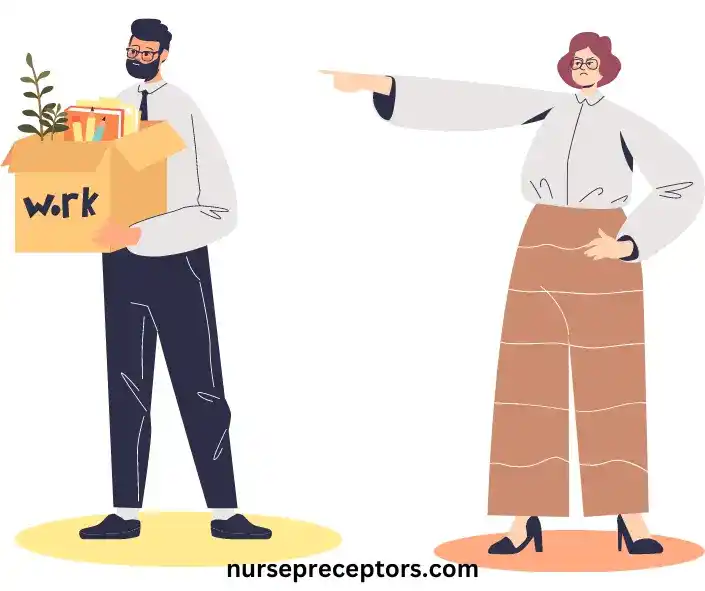
Dismissiveness in communication is characterized by responses that trivialize or ignore the other person’s feelings, thoughts, or needs.
This non-therapeutic response can be particularly damaging, as it sends a clear message that the speaker’s experiences or emotions are not valued or worthy of consideration.
Dismissiveness can manifest in various ways, including minimizing language, changing the subject abruptly, or responding indifferently.
For example, if someone expresses anxiety about an upcoming event and is met with a response like, “Don’t worry, it’s not a big deal,” it undermines their feelings and fails to address the underlying anxiety.
The impact of dismissiveness on relationships cannot be ignored. When individuals feel consistently dismissed, they may begin to withdraw from the conversation or the relationship altogether, leading to emotional distance and isolation.
This communication breakdown undermines the foundation of trust and mutual respect that healthy relationships are built upon. Recognizing and addressing dismissive behavior is therefore crucial in fostering open and supportive interactions.
To counteract dismissiveness, individuals can strive to practice active listening, validate the other person’s feelings, and express genuine interest in their experiences.
By acknowledging and respecting each other’s perspectives, conversations can become more inclusive and healing, paving the way for stronger and more resilient relationships.
This shift requires mindfulness and a commitment to changing deeply ingrained communication habits, but the rewards for improved connections and understanding are immeasurable.
2. Judgmental Responses

Judgmental responses in communication are characterized by expressions of criticism, blame, or disapproval that undermine the other person’s sense of self-worth or dignity.
These responses can be overt, such as direct negative comments about someone’s actions or choices, or more subtle, such as sarcasm or backhanded compliments.
Regardless of the form they take, judgmental responses create an environment of defensiveness and conflict, rather than understanding and support.
The effects of judgmental responses on relationships and communication dynamics are profound. When individuals feel judged, they are likely to become defensive and less open to sharing their thoughts and feelings.
This defensiveness can escalate into arguments or lead to withdrawal from the conversation, both of which hinder effective communication.
Moreover, repeated exposure to judgmental responses can erode self-esteem and trust, making it difficult to maintain healthy, supportive relationships.
Overcoming judgmental tendencies in communication requires a conscious effort to adopt a more empathetic and open-minded approach.
By focusing on understanding rather than evaluating, individuals can foster a more accepting and nonjudgmental communication environment. This shift not only improves interpersonal dynamics but also encourages personal growth and self-reflection.
Embracing empathy and suspending judgment are key steps in mastering the art of therapeutic communication.
3. Interruption in Conversations
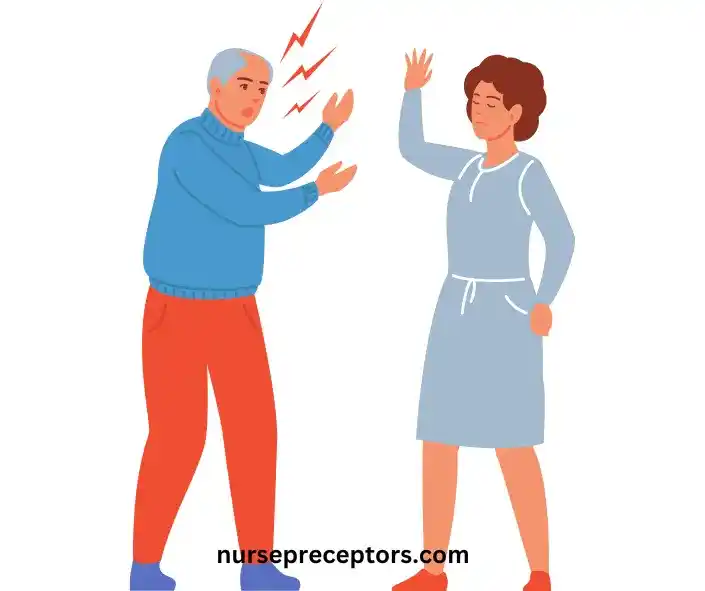
Interruption in conversations is a common non-therapeutic response that disrupts the flow of communication and conveys a lack of respect for the speaker.
Whether intentional or unintentional, interruptions signal that the listener’s thoughts or needs are more important than the speaker’s, leading to feelings of frustration and insignificance.
Frequent interruptions can significantly impair the quality of interactions, making it difficult for meaningful dialogue to occur.
The consequences of interruption extend beyond the immediate frustration experienced by the speaker. Over time, repeated interruptions can erode the foundation of mutual respect and understanding that healthy relationships rely on.
Individuals who are consistently interrupted may begin to doubt the value of their contributions or withdraw from conversations altogether, leading to a breakdown in communication and connection.
Addressing the problem of interruption involves cultivating awareness of one’s communication habits and making a conscious effort to listen more attentively.
By prioritizing active listening and allowing others the space to express themselves fully, conversations can become more constructive and fulfilling. This shift not only enhances the quality of individual interactions but also strengthens the overall fabric of relationships.
4. Deflecting Responsibility
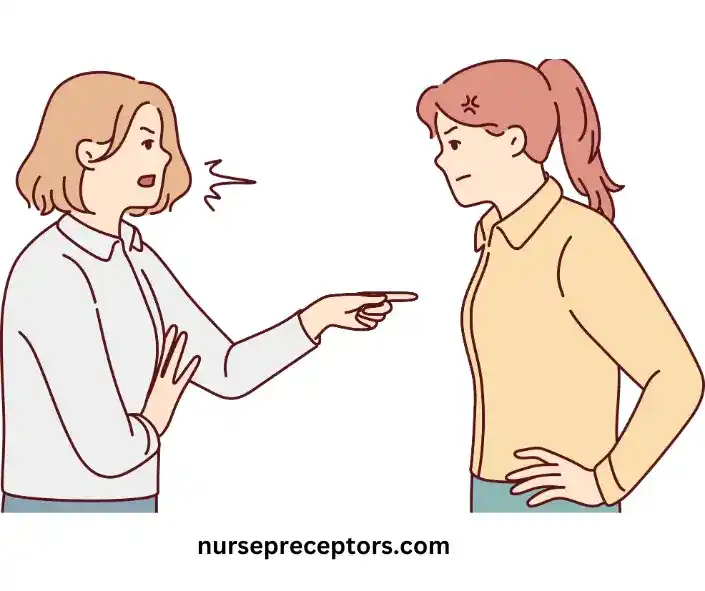
Deflecting responsibility is a non-therapeutic response that involves shifting blame or avoiding accountability for one’s actions or words. This can manifest as making excuses, blaming others, or refusing to acknowledge the impact of one’s behavior.
Deflecting responsibility undermines trust and honesty in communication, creating barriers to understanding and resolution.
The impact of deflecting responsibility on relationships and communication is significant. When individuals consistently avoid taking responsibility, it can lead to a lack of trust and respect, making it difficult to address issues or conflicts constructively.
Furthermore, this behavior can frustrate and alienate others, leading to a breakdown in communication and connection.
To move away from deflecting responsibility, individuals can practice owning their actions and their consequences. This requires self-awareness, honesty, and a willingness to be vulnerable.
By acknowledging mistakes and taking responsibility, conversations can become more authentic and productive, fostering a climate of trust and mutual respect. This shift is essential for building healthier, more supportive relationships.
5. Emotional Invalidation
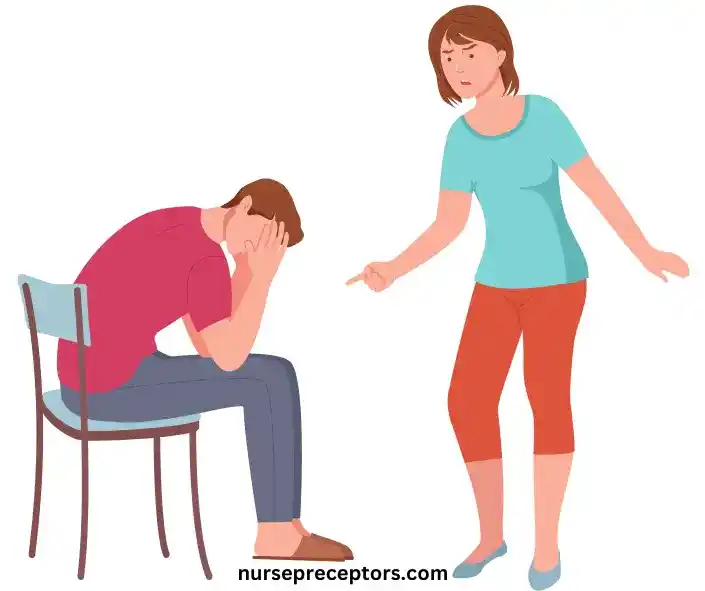
Emotional invalidation is a non-therapeutic response that involves dismissing or undermining another person’s emotional experiences. This can occur through statements that minimize feelings, deny the validity of emotions, or mock the person for feeling a certain way.
Emotional invalidation is particularly harmful because it denies individuals the right to their feelings, leading to feelings of isolation and self-doubt.
The consequences of emotional invalidation are far-reaching, affecting not only the immediate health of the conversation but also the long-term well-being of the individuals involved.
When people feel their emotions are consistently invalidated, they may begin to suppress their feelings or question their perceptions, leading to decreased emotional awareness and self-esteem. This erosion of self-trust can significantly impact mental health and the quality of relationships.
Addressing emotional invalidation requires a commitment to validating and acknowledging others’ feelings, even if one does not fully understand or agree with them.
By expressing empathy, asking open-ended questions, and offering support, individuals can create a more validating and therapeutic communication environment. These efforts can help rebuild trust and connection, fostering healthier and more resilient relationships.
6. Offering Unsolicited Advice
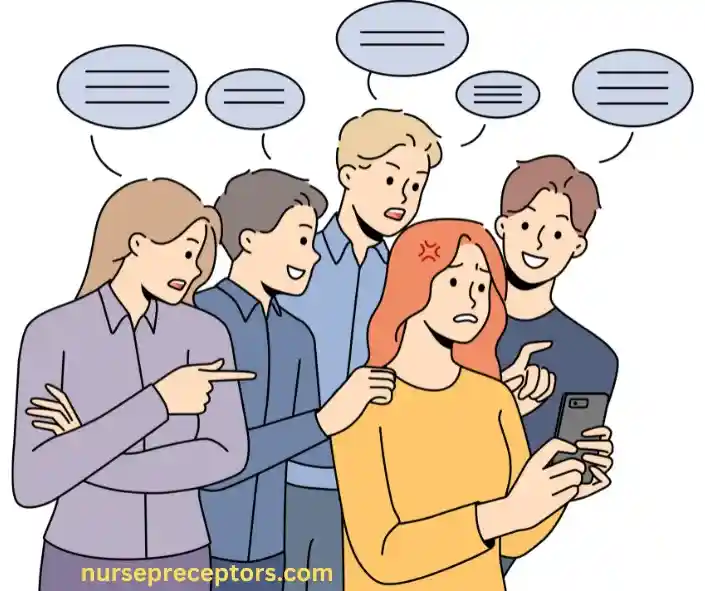
Offering unsolicited advice is a common non-therapeutic response that involves giving guidance or suggestions without being asked. While usually well-intentioned, unsolicited advice can be perceived as intrusive or presumptuous, implying that the other person is incapable of handling their situation.
This can lead to feelings of inadequacy or frustration, undermining the supportive intent of the conversation.
The impact of unsolicited advice on communication and relationships is significant. When individuals receive advice they did not seek, they may feel misunderstood or dismissed, leading to defensiveness or withdrawal.
This response can hinder open communication and prevent the establishment of a truly supportive dialogue. Moreover, the habit of offering unsolicited advice can strain relationships, creating distance and resentment over time.
To avoid the negative consequences of unsolicited advice, individuals can focus on listening actively and offering support rather than solutions. By asking permission before offering advice and prioritizing empathy and understanding, conversations can become more respectful and empowering.
This approach not only enhances the quality of communication but also strengthens the bonds of trust and mutual respect in relationships.
7. Changing the Subject

Changing the subject abruptly in a conversation is a non-therapeutic response that diverts attention away from the current topic, often to avoid discomfort or confrontation. This behavior can be particularly frustrating for the person who initiated the topic, as it signals a lack of interest or willingness to engage with their concerns. Changing the subject undermines the potential for meaningful dialogue and emotional connection.
The consequences of changing the subject extend beyond the immediate moment of frustration. Over time, this behavior can erode trust and openness in relationships, as individuals may feel their concerns are consistently ignored or undervalued. This can lead to a breakdown in communication and emotional intimacy, making it difficult to address important issues or conflicts effectively.
To counteract the tendency to change the subject, individuals can practice staying present and engaged, even when conversations become challenging. By acknowledging discomfort and expressing a willingness to listen, conversations can become more meaningful and supportive. This commitment to open and honest communication is crucial for building stronger, more connected relationships.
8. Sympathy Instead of Empathy

The distinction between sympathy and empathy in communication is critical, yet often misunderstood. Sympathy involves feeling pity or sorrow for someone’s situation, while empathy involves putting oneself in the other person’s place and understanding their feelings and perspectives from their point of view.
While both can be well-intentioned, empathy is generally more effective in creating a supportive and therapeutic communication environment.
The impact of sympathy versus empathy on communication and relationships is profound. Sympathetic responses, though kind, can sometimes create a sense of distance or inequality in the relationship, as they do not necessarily involve an understanding of the other person’s experience.
Empathy, on the other hand, fosters a deeper connection and understanding, as it involves actively engaging with and validating the other person’s emotional state.
Cultivating empathy over sympathy requires practice and mindfulness. By actively listening, asking clarifying questions, and reflecting on the emotions being expressed, individuals can develop a more empathetic approach to communication. This shift not only enhances the quality of individual interactions but also deepens the overall level of connection and support within relationships.
9. Platitudes or Clichés

Platitudes, or clichéd expressions meant to offer comfort or advice, are a common non-therapeutic response in communication. While typically well-intentioned, platitudes can be perceived as dismissive or insincere, as they often lack personalization and genuine empathy.
Using platitudes can inadvertently signal a lack of genuine interest or understanding of the other person’s situation, undermining the potential for meaningful support.
The consequences of relying on platitudes in communication are significant. When individuals hear generic responses to their concerns, they may feel their experiences are being trivialized or not taken seriously.
This can lead to feelings of isolation and reluctance to share in the future, hindering the development of open and supportive relationships. Moreover, the overuse of platitudes can erode trust and authenticity in interactions, making it difficult to connect on a deeper level.
To move away from platitudes, individuals can strive to offer more personalized and empathetic responses. By taking the time to listen carefully and respond thoughtfully, conversations can become more genuine and supportive.
This shift requires a willingness to embrace vulnerability and engage with the complexities of human emotions, but the result is a more authentic and connected form of communication.
10. Invasive Questioning

Invasive questions, which probe deeply into personal or sensitive areas without permission, are a form of non-therapeutic response that can significantly hinder effective communication.
These questions can make individuals feel exposed, uncomfortable, or defensive, as they often cross boundaries of privacy and respect. While curiosity is natural, it is essential to navigate conversations with sensitivity and awareness to avoid causing distress or discomfort.
The impact of invasive questions on communication and relationships is profound. When individuals feel their boundaries are being violated, they are likely to withdraw or shut down, preventing meaningful dialogue and connection.
Moreover, the habit of asking invasive questions can damage trust and rapport, making it difficult to establish or maintain healthy, supportive relationships. Recognizing and respecting personal boundaries is therefore crucial in fostering open and respectful communication.
Avoiding invasive questions requires mindfulness and a focus on building trust and understanding. By prioritizing the other person’s comfort and readiness to share, conversations can become more respectful and supportive.
This approach not only enhances the quality of communication but also strengthens the foundation of trust and mutual respect in relationships.
How to Avoid Non-Therapeutic Responses in Communication?
Avoiding non-therapeutic responses in communication requires awareness, practice, and a commitment to fostering empathetic and supportive interactions. By recognizing and addressing patterns of dismissiveness, judgmental responses, interruptions, and other non-therapeutic behaviors, individuals can transform their communication style.
This transformation involves actively listening, validating emotions, respecting boundaries, and engaging with genuine curiosity and empathy.
The journey to improving communication skills is ongoing, requiring continuous self-reflection and willingness to adapt. By embracing the principles of therapeutic communication such as empathy, respect, and authenticity, individuals can create more meaningful and supportive connections with others. This process not only enhances personal and professional relationships but also contributes to overall emotional well-being.
Cultivating a therapeutic communication style is a powerful tool for personal growth and relationship-building. By prioritizing understanding and connection, conversations can become sources of support and healing.
This shift in communication practices is achievable with dedication and practice, offering profound benefits for both the speaker and the listener.
Conclusion: Navigating and Mastering Non-Therapeutic Responses in Communication
Mastering the maze of non-therapeutic responses in communication is a challenging yet rewarding journey. By understanding and addressing the various forms of non-therapeutic responses, individuals can enhance their communication skills, fostering healthier and more supportive relationships.
This comprehensive guide has explored the impacts of dismissiveness, judgmental responses, interruptions, and other barriers to effective communication, offering insights and solutions for overcoming these challenges.
The path to mastering non-therapeutic responses requires a commitment to self-awareness, empathy, and continuous improvement. By embracing the principles of therapeutic communication, individuals can navigate the complexities of human interactions with greater understanding and compassion. This journey not only improves interpersonal dynamics but also enriches personal growth and emotional resilience.
Navigating and mastering non-therapeutic responses in communication is an essential skill for anyone looking to build stronger, more connected relationships.
Through awareness, practice, and a dedication to empathy and understanding, individuals can transform their communication style, creating a more supportive and enriching environment for all involved. The rewards of this journey are immeasurable, offering a foundation for lasting connections and mutual support.
References:
- Berman, A., Snyder, S., & Frandsen, G. (2016). Kozier & Erb’s Fundamentals of Nursing: Concepts, Practice, and Process (10th ed.). Pearson.
- Delaune, S. C., & Ladner, P. K. (2002). Fundamentals of nursing : standards & practice. Delmar Thomson Learning.
- Weiss, S. A., & Tappen, R. M. (2015). Essentials of nursing leadership and management (6th ed.). F.A. Davis Company.
- Patricia Ann Potter, Anne Griffin Perry, Stockert, P. A., & Hall, A. (2019). Essentials for nursing practice. Elsevier.
- RN), O. R. for N. (Open, Ernstmeyer, K., & Christman, E. (2022). Table 2.3b, [Nontherapeutic Responses [],[]]. Www.ncbi.nlm.nih.gov. https://www.ncbi.nlm.nih.gov/books/NBK590036/table/ch2communication.T.nontherapeutic_respon/
- Non-Therapeutic Communication: Examples & Techniques. (n.d.). StudySmarter UK. https://www.studysmarter.co.uk/explanations/nursing/clinical-placement/non-therapeutic-communication/
- Pap. (n.d.). Non-therapeutic Responses – ppt download. Slideplayer.com. Retrieved April 12, 2024, from https://slideplayer.com/slide/16083755/